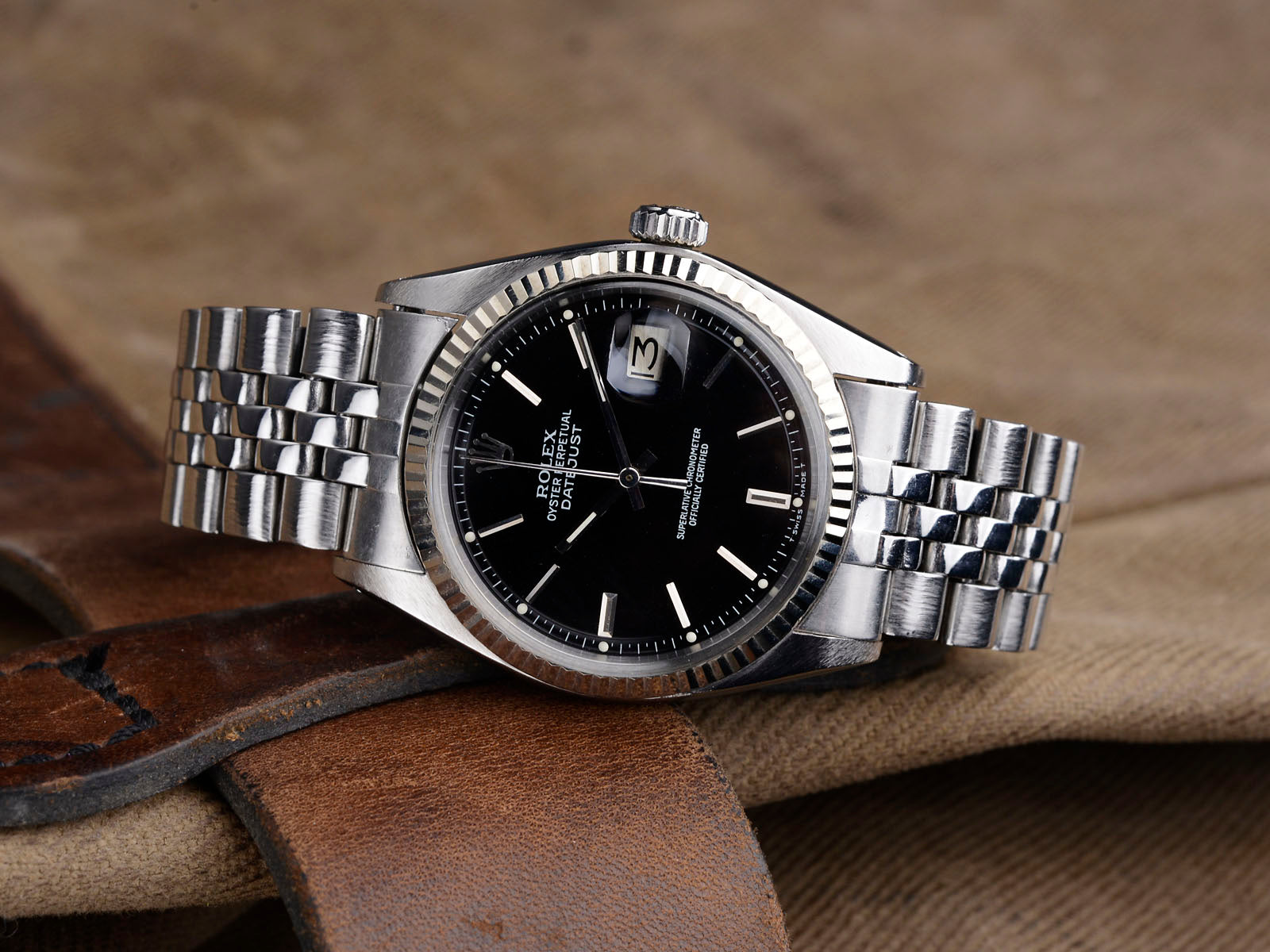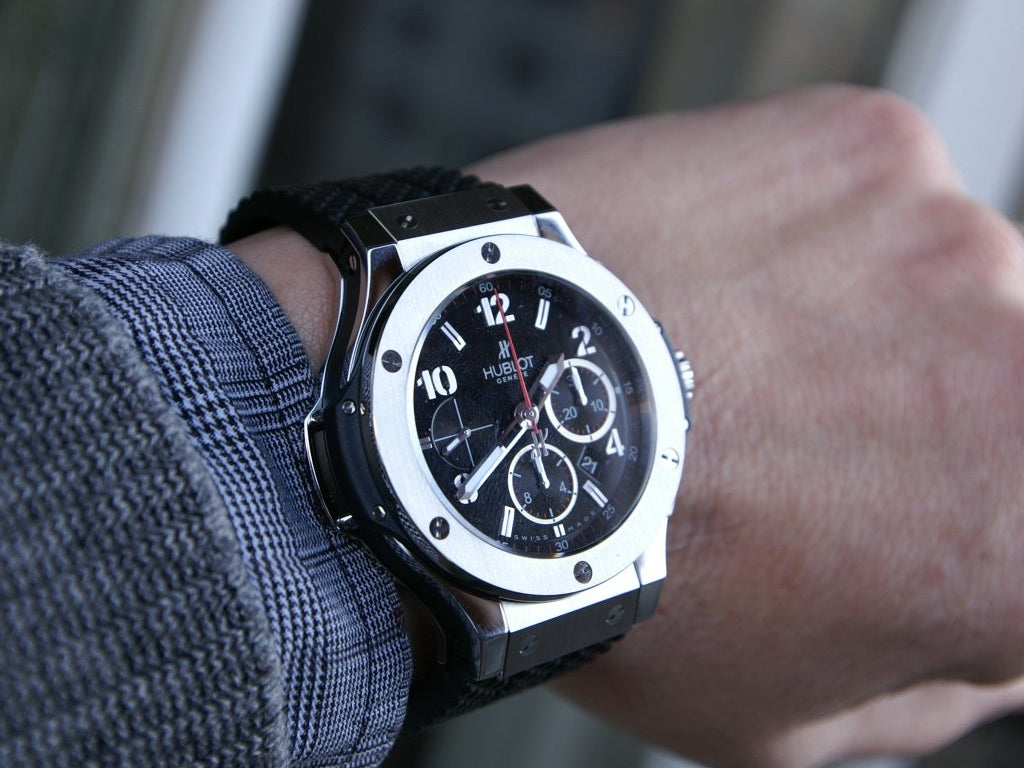Article: 5 Things You Probably Didn’t Know About Rolex

5 Things You Probably Didn’t Know About Rolex
Rolex is the most well-known watch brand in the world.
It's also often the most misunderstood. With all the chatter surrounding this legendary time-keeping company, there are aspects of their heritage that don’t get talked enough.
With that in mind here are 5 things you didn’t know about Rolex.
1. Rolex wasn’t always called Rolex
Even though Rolex has become a household name all across the world, they didn’t start out under that brand.
The original company was named Wilsdorf and Davis after it’s founders Hans Wilsdorf and Alfred Davis.
Wilsdorf is the more well-known of the two and seemed to be the driving force behind the vision and innovation of the company while Davis provided the much-needed capital and financial experience to get the business off the ground.
Born in Germany and orphaned when he was young, Wilsdorf spent his years working for La Chaux-de-Fonds, a Swiss watch manufacturer.
After learning valuable skills in Switzerland, in 1905, he decided to move to London to start his own.
At only 24 years old, Wilsdorf met his investor and partner Davis, and they set up Wilsdorf and Davis.
With Wilsdorf’s knowledge/passion for watchmaking combined with Davis’ experience in financing and international trade, they established the company that still exists over 100 years later and is loved by watch-fans all over the world.
2. Rolex brought the wristwatch to the market
“Real Men Don’t Wear Wristwatches”
Or so they said.
Originally wristwatches were seen as feminine and a waste of time.
Known as ‘wristlets’ they had a reputation of being small, inaccurate and worn almost exclusively by women.
The pocket watch was king, and no one expected that to change.
Except Rolex of course.
During wartime, many soldiers found pocket watches to be an inconvenience.
The heat in foreign lands meant they didn’t wear jackets and fumbling for a pocket watch mid-battle isn't exactly ideal.
So they came up with a simple solution.
They strapped their pocket watches onto their wrists.
All of a sudden the need for wristwatches was created.
Wilsdorf + Davis were already one step ahead, as they had started specialising in wristwatches while everyone else was still focused on the pocket watch.
But they took it further than merely inventing a ‘wrist version of the pocket-watch.
Due to their craftsmanship and innovation, they quickly dispelled the belief that wristlets were inaccurate.
They provided accuracy and precision that no one else on the market could deliver and in 1914 Kew Observatory awarded a Rolex watch a Class A precision certificate.
This is because no one else because it was the first one that was ever submitted. The massive success of wristwatches from this point on revolutionised the time-keeping industry forever.
3. Rolex started in London, NOT Switzerland.
Everyone always assumes that Rolex was founded in Switzerland like a lot of the other big players.
That’s not the case.
The earliest form of Rolex began in London, 1905 before moving to Switzerland in 1919.
4. Rolex created the first ever waterproof watch
In 1926, Rolex invented the first ever waterproof wristwatch, aptly named “Oyster.”
This hermetically sealed case provided the perfect protection for the precious timekeeping movements locked inside.
Before then, wristwatches ran the risk of getting water or dust inside.
The Oyster solved this problem and other companies soon followed suit.

Timeless PR
In November 1927, a young English swimmer called Mercedes Gleitze swam across the English channel.
She was wearing a Rolex Oyster.
To the surprise of skeptics, the watch remained in perfect working order despite bearing the strong sea conditions for over 10 hours.
Rolex ran a full-page newspaper ad with the story which many regard as the invention of the ‘testimony tactic' in sales and marketing.
5. Rolex issued watches to soldiers during the war
As previously mentioned, the military has played a key role in the innovation of Rolex over the years.
This speaks to the functionality of their watches and how they go beyond merely a vanity piece of jewellery.
Dive deeper into the world of Rolex
At Pride and Pinion, we are passionate about the stories timepieces tell.
We take pride in matching up the right watch with the one who will wear it.
Our bespoke service allows you to make the most of our world-class industry-knowledge and network within the market.
We source watches for some of the most successful and influential people in the world, often being able to access pieces that our competitors can’t reach (and in half the time.)
Take the first step to owning a noteworthy timepiece today by contacting us.
Or, if you're still making up your mind have a read at our post Why You Should Invest In A Luxury Watch.
In World War 2, soldiers and pilots bought Rolex’s to replace their standard-issued wristwatches due to their build quality and accuracy.
However, many had them confiscated when captured and put in POW camps.
Wilsdorf agreed to replace all these watches and not require payment until the end of the war.
Thousands of soldiers wrote to Rolex explaining their story and where they were imprisoned, and as a result, thousands of watches were sent out.
One recipient of a watch was one Corporal Clive James Nutting who ordered a stainless steel Rolex Oyster 3525 Chronograph.
This was significant because Nutting used this watch during the events best documented through the famous movie ‘Great Escape’ which was based on actual escapes that took place during the war in German POW camps.
As you can imagine, the watches involved have become some of the most sought-after pieces for collectors and investors alike.
Plus it just goes to show you the practical side of a high-quality timepiece like a Rolex.


